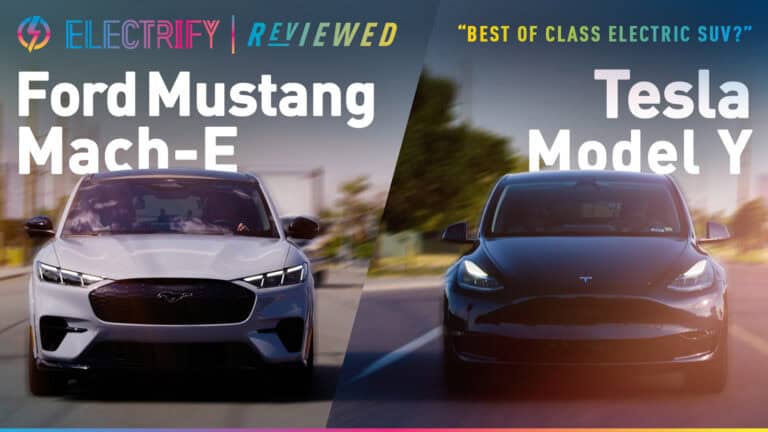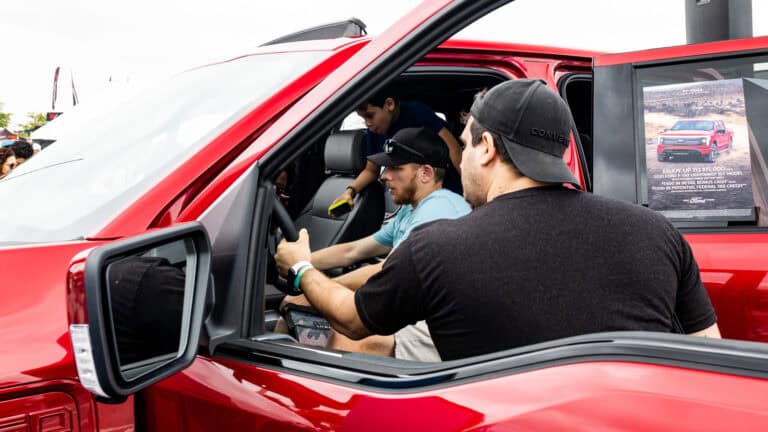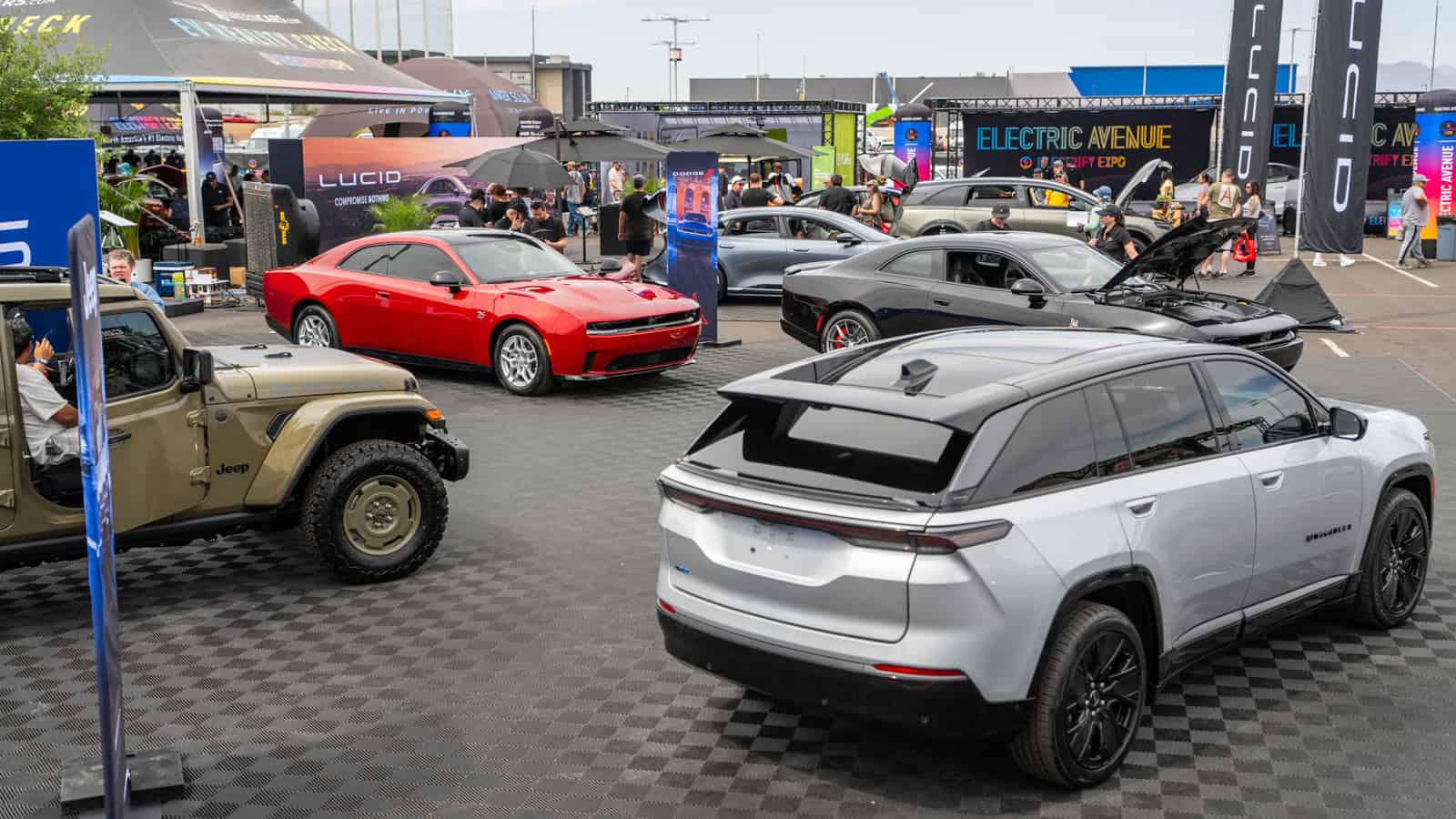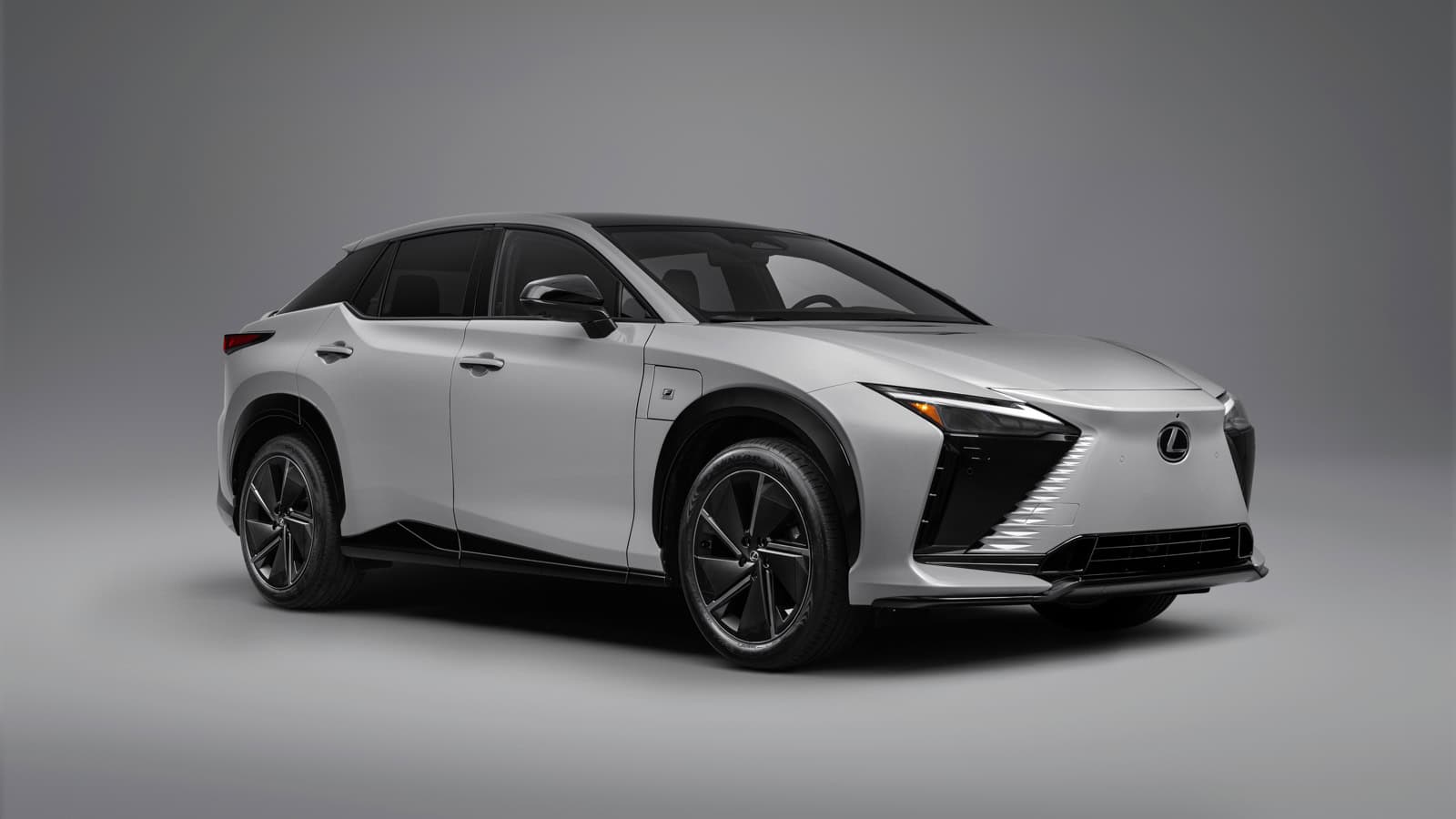- Artificial intelligence goes way beyond autonomous vehicles
- It could save the automotive industry $44 billion by 2025
- AI could help manage supply chain disruption
- The benefits of AI touch every part of the process from manufacturing to aftersales
Many people might think of artificial intelligence (AI) as the backbone of autonomous vehicle technology — and they’d be right. But AI for automotive has so many more applications beyond powering driverless cars. So many, in fact, that it’s transforming the industry in a variety of ways from improving the efficiency of manufacturing to supporting the sales process.
Manufacturing
Many manufacturers, including those in the electric vehicle (EV) and micro-mobility, recognize the value of AI in improving efficiency and quality control in the manufacturing process. For example, AI-powered robots can be employed to identify and repair defects in parts specific to EVs and micro-mobility vehicles, and computer vision systems can monitor the production line for potential issues.
Many manufacturers recognize the value of this technology as it can identify defects up to 90% more accurately than a human (at least, according to Porsche), significantly reducing issues and recalls down the line.
Moreover, AI serves as a powerful planning tool for manufacturers, including those in the EV and micro-mobility sector. Digital twins, which simulate parts, factories, or vehicles before physical production, are extensively utilized. For instance, BMW employs a digital factory twin to predict worker movements, thereby avoiding ergonomic issues during the assembly of EVs and micro-mobility vehicles. By implementing such simulations, BMW has successfully reduced the time spent on planning factory operations by 25%, enabling more efficient production in the EV and micro-mobility industry.
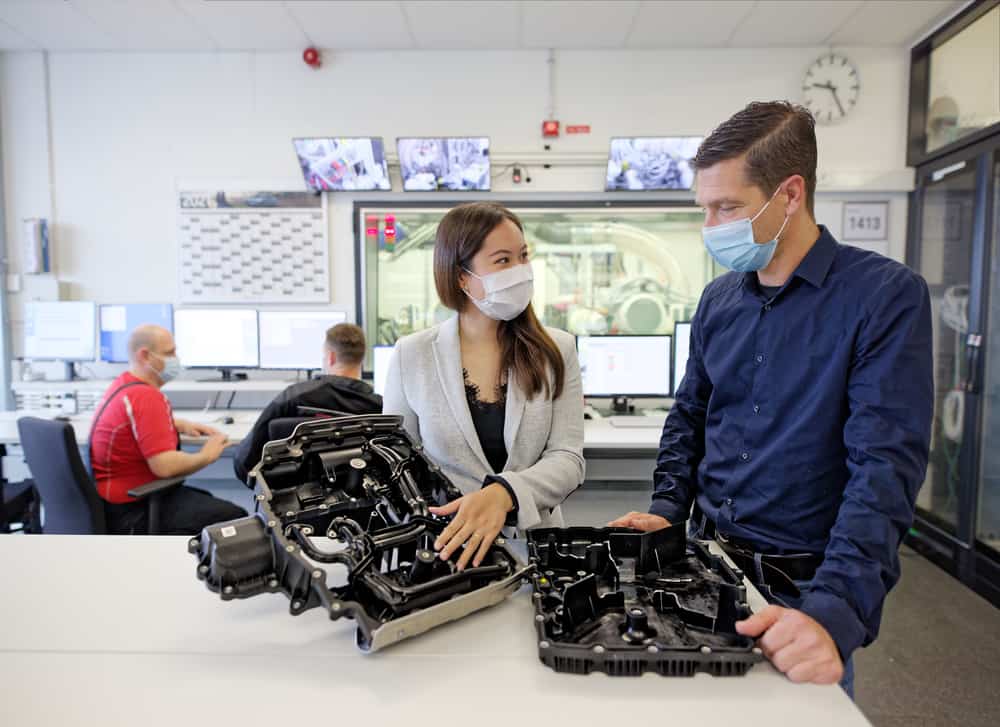
Sales and Marketing
AI is being used to improve customer targeting and personalization. In fact, the use of AI in this area has such a knock-on effect on the industry that those benefits are estimated to reach $44 billion by 2025, according to McKinsey — that’s around 2% of the total operating margin.
Perhaps more importantly, better market intelligence from AI can help predict inventory needs, reducing the time a vehicle sits unsold at a dealership by as much as 30%, according to a report from BCG. This helps businesses improve their margins while still serving customers to the level expected of them.
AI is also used to better personalize marketing messages to customers. According to McKinsey, brands that choose to personalize the user experience generate 40% more revenue than the ones that don’t. This makes sense when you consider a car advert aimed at a 40-year-old city worker is unlikely to resonate with a 20-something woman living in a rural area.
Aftermarket
The global automotive aftermarket industry, including the EV sector, is steadily rising in value and was valued at $721.2 billion in 2021, but the entire supply chain is prone to error. With millions of parts being sold to thousands of customers, manual processes can lead to lost revenue and angry customers.
While technology can’t improve physical supply, it can alleviate the pain of these issues. In fact, a 3Gem report showed that 53% of the supply chain decision-makers surveyed believed AI advances are key to managing disruption.
Nitin Dsouza, head of global supply chain at Publicis Sapient told IT Pro: “AI has built various scenario models and calculated the right price to buy at, when a premium is appropriate, how high it would be, and so on. It has also used shipping and transport data to predict delays in delivery.” This helps improve the buying cycle and ensures delays are minimized for customers waiting on aftermarket parts.
Safety
Safety is also another area that will continue to improve with AI and machine learning. In the same way autonomous vehicles use data analytics and machine learning to read the road and keep passengers safe, AI can be used within a traditional vehicle to improve safety. Many advanced driver assist systems (ADAS) use the same sensor and camera technology found in fully autonomous vehicles.
In many vehicles, AI and machine learning power these safety features:
- Automatic braking
- Collision avoidance systems
- Pedestrian and cyclist alerts
- Cross-traffic alerts
- Intelligent cruise control
Other applications of AI in automotive
As well as self-driving cars, AI could improve the wider automotive experience. Here are some examples:
- Intelligent heads-up displays that adapt to the environment
- Transport planning to combat congestion
- Enhances the user experience by developing personalized interfaces, voice assistants, and intelligent recommendations.
- Smart city technology allows the environment to communicate with vehicles
- Optimizes battery performance, extends lifespan, and enhances efficiency through predictive analysis and energy management.
- Analyzes driving patterns and conditions to improve energy usage, recommend behaviors, and accurately predict range.
- Detects component issues and anomalies, enabling proactive maintenance and minimizing unplanned downtime
- Optimizes charging stations, balances load distribution, and provides intelligent charging recommendations.
All these uses of machine learning and artificial intelligence can help to make the driving experience smoother and more enjoyable for drivers and passengers alike.
Artificial intelligence is transforming the automotive industry in ways beyond powering autonomous vehicles. It’s used to improve manufacturing efficiency, quality control, and planning, which reduces errors and improves overall productivity but it extends beyond this, too, into sales, supply chain, and city planning.
Overall, the impact of AI in the automotive industry has been significant, and it is expected to continue to drive innovation and improve the industry’s efficiency, safety, and customer satisfaction.

IMAGES: ALEKSEJS BERGMANIS, PORSCHE
FTC: We use income-earning auto affiliate links. Learn more.



